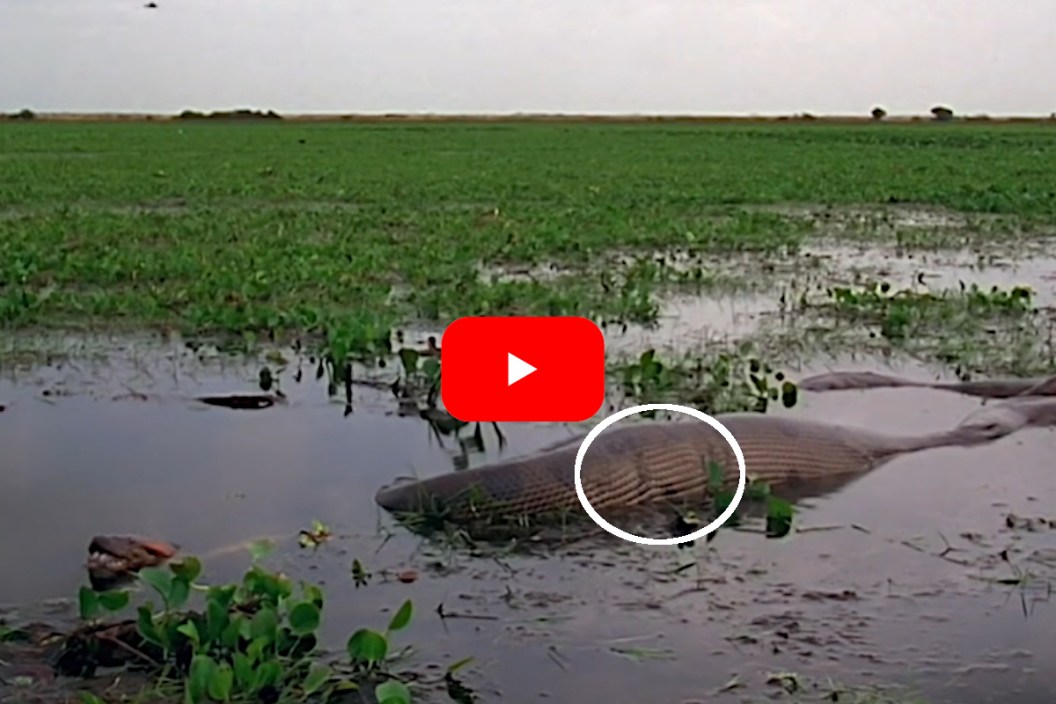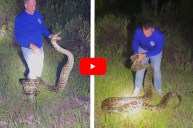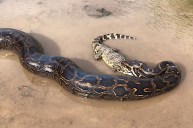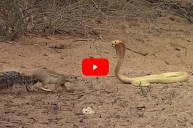A large rodent stands no chance against the largest snake on Earth.
Many humans have a real fear of snakes of all sizes. However, it is the large ones, the boas, the reticulated pythons, and the cobras that often give the most nightmares. Thanks to modern pop culture, one of the more feared species of South America is Eunectes murinus, or as it is better known by its common name, the green anaconda. This monstrous constrictor can grow to nearly 20 feet long, making them one of the longest snakes on Earth. This also gives this animal the ability to devour huge prey items like caimans, tapirs, and wild pigs.
For many anacondas, a favorite meal of choice is the capybara. This mega-sized South American rodent is the largest on earth and just happens to live in the same aquatic environments the snake calls home.
Because they are excellent swimmers, the heaviest snake on earth is easily able to sneak up on this larger prey item, as this video from National Geographic demonstrates. It does not take long for the capybara's lifespan to diminish quickly.
Hollywood's top horror movies have nothing on the horror of a real-life anaconda attack. It makes tropical South America look like a terrifying place to live! This was a large prey item, but most capybara stand no chance against the muscular bodies of such a huge snake. We simply cannot believe the girth of this snake after swallowing such a massive meal. We imagine constriction is probably one of the worst ways to die in the Amazon River Basin.
Green anacondas are common throughout much of South America, being found in Brazil, Venezuela, Colombia, Peru, Bolivia, and Paraguay. The hunting and feeding routines of the anaconda are plenty disturbing. The way they hide under the surface with only the top of their heads visible is genuinely creepy. However, there are plenty of other fun facts about this snake that leave plenty of people shivering with disgust. During the breeding season, you will often find multiple males trying mate with a female anaconda in what are known as "breeding balls." As if that was not disturbing enough, the female has a gestation period of around seven months before they give birth to up to 30 live, baby snakes.
You know, the more we learn about this fascinating species, the more we are just fine with this gigantic olive green serpent calling South America home!
For more outdoor content from Travis Smola, be sure to follow him on Twitter and check out his Geocaching and Outdoors with Travis YouTube channels.
NEXT: THE AXIS DEER AND HOW THEY'RE IMPACTING PARTS OF THE UNITED STATES
WATCH





